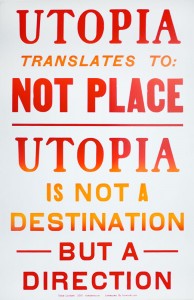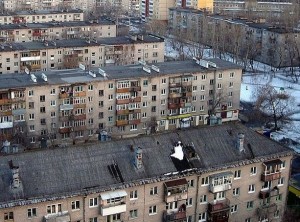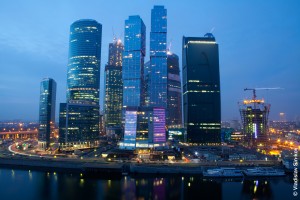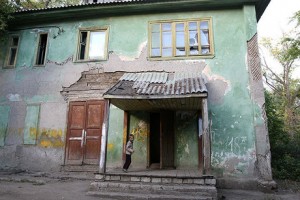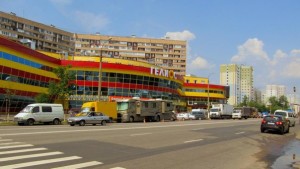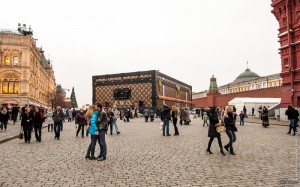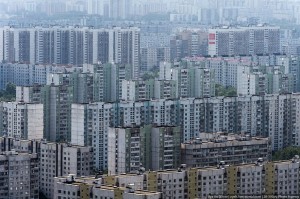
Architecture when weighed against economic analysis, the design steers towards a sound approach. Like many enterprises, the profession of architecture is very much driven by the market’s laws of demands and supply. An architect produces services towards production of goods which is based on client’s expectation and is supported by financial and other means. The socio-political economy controls the strings of building industry.
The value of a building is often evaluated against the proximal infrastructure and at times vice-versa, if the building is associated with a designer label or heritage importance. A sustainable building moderates the use of energy without impacting negative thrust on the environment yet, it is like a tree which can sustain in isolation but needs the symbiosis of external surrounding factors for its growth. In the similar way, a building can support its requirement but requires infrastructure, connectivity and human interaction to flourish.
There is a need for a change in perspective wherein instead of questioning the category of building as solution to economic problems, we as architects need to assimilate the fact that a building is one of the basic units of a large city planning system.
A sustainable construction meeting the expectation of society and structured with infrastructure saves financial capital in long run is an asset to the society and a gift to future generation from conscience ones of today.
Difference in income leads to social divide and creates classes in masses. The growth of an individual, society, city or country is based on per capita income, national GDP and forms a marker for welfare. Among the four factors of production, land being a limited resource, there is quite a competition, which has led to fluctuation in prices and coaxing the developers to utilize every available bit. This often neglects the welfare over profit. We, as architects need to create designs that bridges the gap in the social divide and at the same time generates revenue for the developers. For example, establishing quality civic amenities parks, parking, open clubs etc in a neighbourhood at affordable cost will help the masses come together and in turn shall be profitable venture in building industry.
We need society where synchrony of economic feasibility and profit are two sides of a mobius strip. The walk on path of one gradually always loops to the other and shall be the basis of welfare economy with the goal of happiness.
image reference- cover of page of book by Alain de Botton

